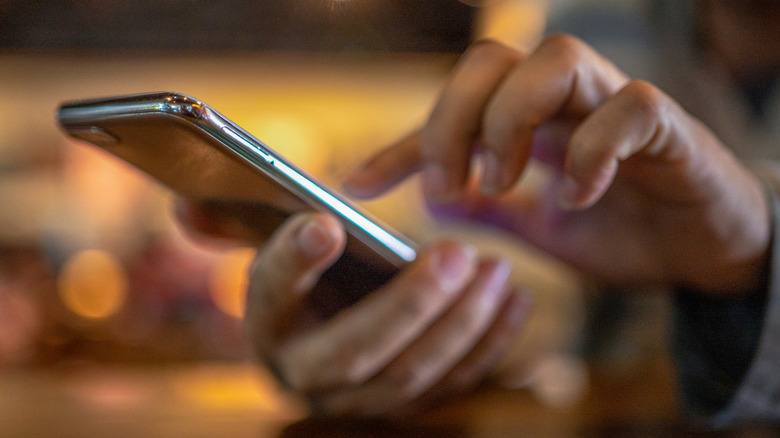The Evolution of Smartphone Storage
In the early days of mobile technology, dumb phones were limited to a few hundred kilobytes to a few megabytes of storage. This was sufficient for basic functions like making calls and sending text messages. However, with the launch of the first Android phone, the HTC Dream in 2008, storage capacity saw a significant leap. It came with 256 MB of internal storage and the ability to expand up to 16 GB via a microSD card. Today, this amount would barely accommodate preloaded applications, highlighting how far smartphone storage has come.
Modern smartphones, even budget-friendly models like the Google Pixel 9a, now come with at least 128 GB of ROM as standard. While this large storage capacity might make it seem like running out of space is a thing of the past, the reality is quite different. Newer apps and high-resolution media formats are consuming more space than ever before, leading to performance issues over time.
Common Fixes for a Lagging Phone
To address a slow or underperforming Android device, many users resort to deleting photos, videos, and unused apps. Others clear cache data to remove unnecessary files. However, one often overlooked factor is the accumulation of old text messages. Since smartphones transitioned to the GB era, messages have been seen as small data files, leading many to believe they don’t impact device performance. But the truth is that the cumulative effect of years’ worth of conversations can cause issues with speed and responsiveness.
If you’re someone who never deletes messages, it’s time to reconsider. Text messages themselves are tiny, with two to three paragraphs of plain text equating to about 1 kilobyte. To fill 1 megabyte, you’d need around 1,000 messages of similar length. So, why do text messages affect phone performance?
The Impact of Multimedia Attachments
The answer lies in how text messaging has evolved. Today, we can send not just plain text but also photos, GIFs, audio clips, and even videos within messages. These multimedia attachments can quickly consume storage space. Moreover, messaging apps themselves can impact performance when they become bloated with too much data.
Applications like Samsung Messages and Google Messages may become sluggish, causing delays in app loading, interface stuttering, and slower access to the messaging app. Some users have even reported increased battery drain due to these apps running in the background.
Does Deleting Old Text Messages Help?
Deleting old text messages can free up some storage and help keep your smartphone organized. However, it won’t necessarily solve performance issues unless the messages contain large attachments. A thousand messages with just plain text take up only a few megabytes, which is negligible compared to modern storage capacities.
That said, if you’re an active texter who regularly sends and receives high-resolution attachments, especially on a phone that’s been in use for several years, your message threads could be using a significant portion of your storage. In such cases, deleting conversations might make a difference. Both Google and Samsung recommend freeing up storage to ensure smooth performance on their devices.
Additional Tips for Managing Storage
While deleting messages might help, it shouldn’t be your primary solution for a lagging device. Instead, check which apps are using the most memory and perform regular cleanups. To maintain free storage, consider backing up your Android phone using services like Google One, Google Photos, or Google Drive. If your phone supports it, using an external SD card can also be beneficial.
In conclusion, while a clean inbox might not dramatically boost your device’s speed, it can be helpful when you’re nearing full storage capacity. Keeping your phone organized and managing storage effectively will go a long way in maintaining its performance.
